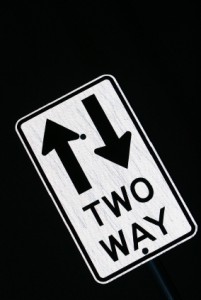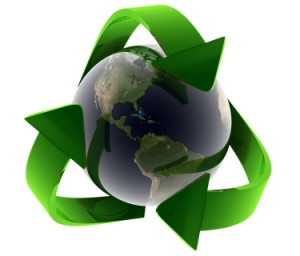Most people equate public relations with media coverage and publicity or confuse it with advertising. They’re selling it short – way short.
 1. PR isn’t narrow, it’s broad.
1. PR isn’t narrow, it’s broad.
Public relations – properly practiced – takes into account every single stakeholder (or “public”) an organization deals with in its daily life. Employees. Consumers. Local communities. Local/state/federal governments. Bloggers. Partners. Policy makers. Channels. Reporters. Industry analysts. Buy- and sell-side financial analysts. Stockholders. Literally, everyone an organization touches. There may be different levels of priority, but they all have to be factored into the mix.
2. PR isn’t self-serving, it’s serving others.
Public relations has a broader – and more strategic – agenda. It’s all about earning a trusted reputation with stakeholders by acting in their best interests – not the organization’s own myopic agenda. An increasing number of smart companies are adding corporate social responsibility to their agendas for this very reason.
3. PR isn’t advertising.
Advertising exists to sell. Advertisers can communicate whatever they want (within reason of course) because they pay for it. They can decide what they want to say, where they want to say it and how often they want to repeat themselves. It’s a controlled process.
By contrast, public relations is an uncontrolled process. It’s an adventure, shifting constantly as it mirrors real-time happenings.
4. PR isn’t best at awareness building.
There are lots of ways to build awareness. PR’s “secret sauce” is its ability to build credibility.
5. PR isn’t sales, but it influences sales.
Some people confuse search engine optimization (SEO) with PR. They’re two completely different things. SEO is focused on optimizing a Web site to increase targeted traffic. PR is focused on earning a trusted reputation which in turn creates positive word-of-mouth.
6. PR isn’t publicity or marketing.
Public relations is typically relegated to the marketing function. This organizational structure may reflect the perceived role of PR within an organization, namely that it exists to help market products and services.
While promoting products and services may be a piece of the PR pie, it should never be its sole focus. When it is, public relations becomes a lower-level function called publicity.
7. PR isn’t one-way, it’s two-way.
PR isn’t one-way, it’s two-way.
When you send out an e-mail blitz to a prospect, run an online banner ad or issue a news release, these are all examples of one-way communication. The message is crafted and pushed out. These are closed-loop systems.
By contrast, true public relations is an open system and a two-way process. The goal isn’t simply to communicate, but rather to be understood and believed. To affect this attitudinal change, continual conversations must take place between the communicator and message recipients (publics). If companies/organizations don’t listen well or engage in open, honest dialogue with the people they want to influence – and change behaviors when necessary –trust isn’t built.
8. PR isn’t fabricated.
The technology industry learned a valuable lesson with the dot com bust. If you spin stories that aren’t true, the fabric doesn’t survive many wash cycles.
Effective public relations isn’t rooted in hype. People are smart and instinctive; they quickly figure out when unfounded claims are bogus. When they do, brands suffer damage.
9. PR isn’t about “me,” it’s about “you.”
To become a successful brand, a product or service must become a personal, positive thing – an individual experience – something that feeds a person’s own self identity.
Great PR is focused on helping a company strategically figure out how to deliver a consistent brand experience, which in turn, yields a community of interested, involved participants.



